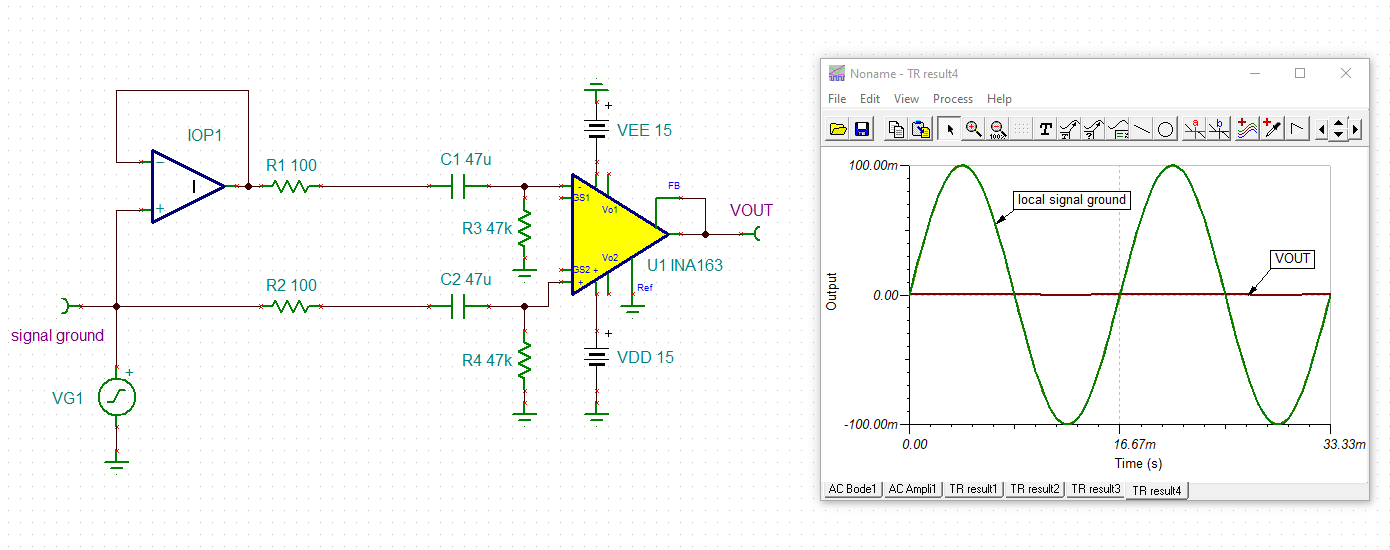Hi team
My customer met a problem regarding audio output noise:
The 3.5mm analog audio output of the device was found to be noisy and current noise was suspected, after adding an "Audio isolator" between 3.5mm analog audio output and the audio input at receiver side, the problem is solved.
The customer found "Audio isolator" is actually a low frequency transformer and hence they want to know if TI has similar device to solve the problem.
It seems that isolated amplifier could be used here, but I am not sure whether it is available. Could you help give your comments on this case? Let me know if you have any questions.


